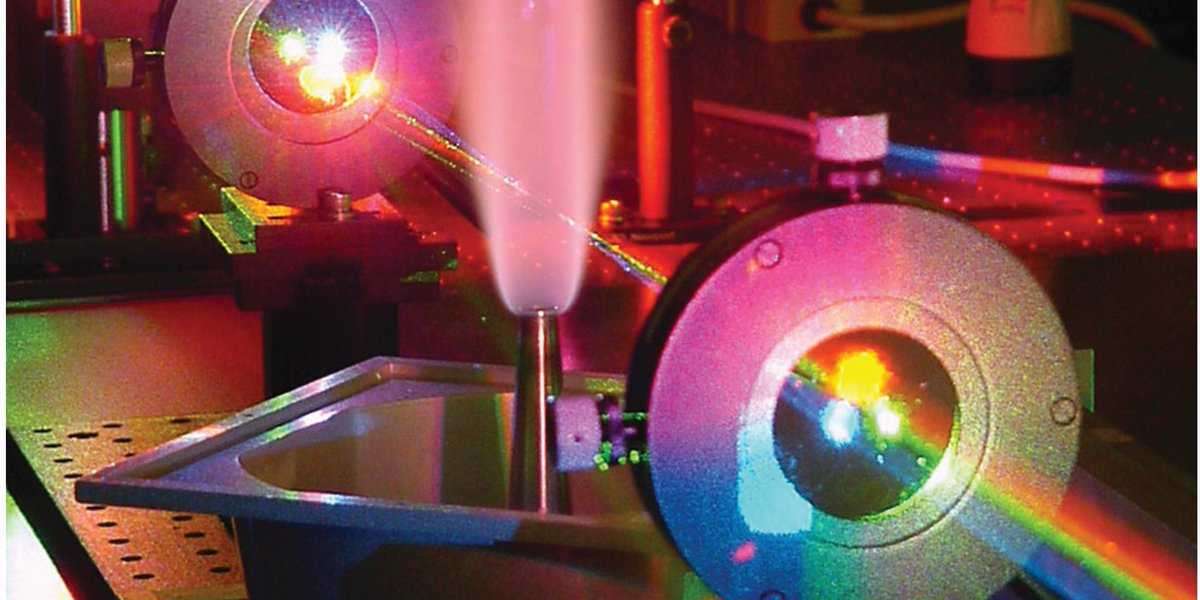It analyzes chemical bonding and molecular structure through detecting the vibrational frequencies of molecules. The technique measures how strongly the chemical bonds in a molecule absorb infrared radiation at specific wavelengths. The resulting spectrum represents a fingerprint of a sample with absorption peaks characteristic of the molecular structure and chemical bonds.
Principles of Global IR Spectroscopy
Infrared Global IR Spectroscopy relies on the principle that molecules absorb characteristic frequencies in the infrared region of the electromagnetic spectrum based on the vibrational motions within their chemical bonds and structures. These bonds include carbon-hydrogen (C-H), oxygen-hydrogen (O-H), nitrogen-hydrogen (N-H), and carbon-oxygen (C=O) bonds. For a vibration mode to be IR active, it must result in a change of the molecular dipole moment during the vibration. When IR radiation is passed through a sample, frequencies that match these characteristic absorption peaks are absorbed by the sample. This causes the characteristic peaks to appear in the spectrum.
Instrumentation of Global IR Spectroscopy
An IR spectrometer consists of an IR source, a sample holder, a monochromator that selects the infrared frequency, a detector, an amplifier, and a readout device such as a computer. Common IR sources include globars (high temperature filament lamps) that emit a continuous spectrum of infrared radiation covering the mid-infrared, and lasers which provide light at specific frequencies. Once a sample is placed in the path of the infrared light beam, different frequencies of infrared light are absorbed by the sample. The monochromator selects infrared frequencies and directs them towards the sample. Modern spectrometers use Michelson interferometers and Fourier transform to obtain rapid multichannel spectra. Detectors used include deuterated triglycine sulfate, mercury cadmium telluride, and indium gallium arsenide.
Get more insights on - Global IR Spectroscopy
Explore More Related Article on - RF Microneedling Market














